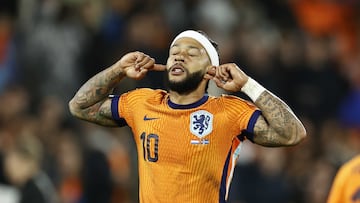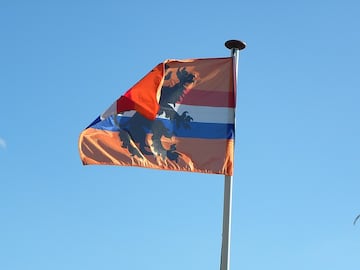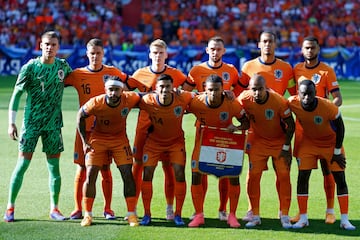EURO 2024
Why does the Netherlands play in orange and since when?
Dutch sport boasts the well-known ‘orange tide’ in the stands and the streets wherever it goes, and is recognized for its less common colour.

Known in some quarters as “The Clockwork Oranje” – thanks to the novel but also a period of ‘total football’ – the association between this colour and the Netherlands team is inseparable. Its origins actually trace back to a pivotal event not only in European history, the Eighty Years’ War, where the Dutch, led by William I of Orange, achieved independence from Spanish rule and formed what is today known as the Netherlands.

The standard of this monarch, who led the revolts, was an orange flag – a nod to the name of the House of Orange. From that point forward, the colour became the principal emblem of the country, symbolising the monarchy and everything related to national identity. And the fans of their sporting heroes have taken it on with pride.
When did the Netherlands first wear orange?
Regarding the national team’s attire, the first recorded kit was worn at the 1934 World Cup in Italy. It featured an orange shirt, white shorts, and light blue socks. From that point onwards, the kit has remained largely the same, with only occasional variations in the shorts and socks.

The secondary and alternate kits for the Dutch national team often incorporate the colours of the current Netherlands flag, which are also the colours from William I’s flag: blue, white, and sometimes red. For instance, in 1934, the second kit consisted of a dark blue shirt and shorts, paired with orange socks. Similarly, their secondary kit for this year’s European Championships in Germany is also blue.







